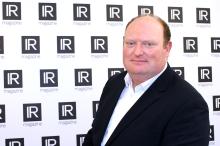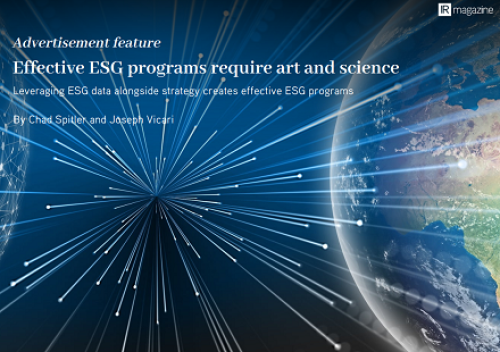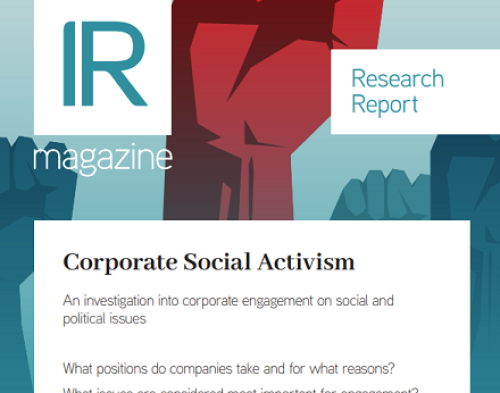Retail investors across Europe continue to increase their interest in responsible investment but there is growing concern over how robust the classification of ESG funds by asset managers is under the Sustainable Finance Disclosure Regulation (SFDR) framework.
Despite the overall growth and increasing specialization of ESG value propositions in recent years, at the end of 2021 the majority of European ESG assets were held in equity mutual fund products, Cerulli Associates reports. Managers may find new avenues for growth by improving their value propositions in the alternative and sustainable thematic segments. Europe remains the biggest market for thematic funds: 2021 saw its global market share of assets rise to 55 percent, according to research from Morningstar.

But Cerulli cautions that the strong growth in demand for ESG in recent years has led to increasing concerns about the methodologies asset managers use to classify their offerings under the SFDR framework, which was introduced in March 2021. The majority of the asset managers Cerulli surveyed across Europe identify the limited availability of ESG data as a significant challenge and say improving the measurement and reporting of ESG risk will be a high priority for them over the next two years.
Several regulators in Europe have noted that managers’ applications to categorize funds under the SFDR have room for improvement. Managers should ensure their ESG products meet the needs of consumers and that they comply with both local and EU-wide rules.
‘Managers operating across Europe are already struggling with the variations between markets in terms of rules and preferences, including local ESG labels,’ says Fabrizio Zumbo, director of European retail and wholesale research at Cerulli, in a statement.
‘Managers must ensure ESG products are designed with the needs of consumers and society in mind. They must combine compliance with local rules with efforts to meet investors’ preferences; for example, by enhancing their reporting on impact or aligning products with the UN’s Sustainable Development Goals.’










